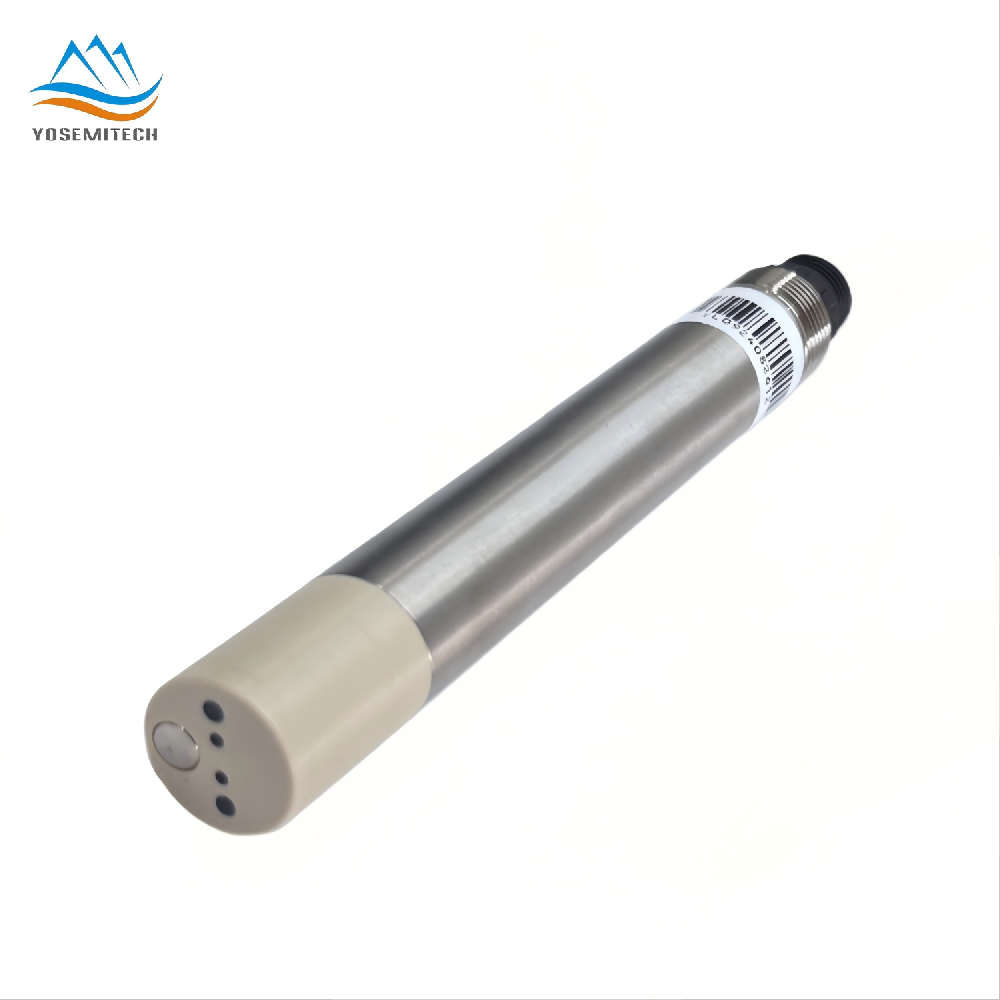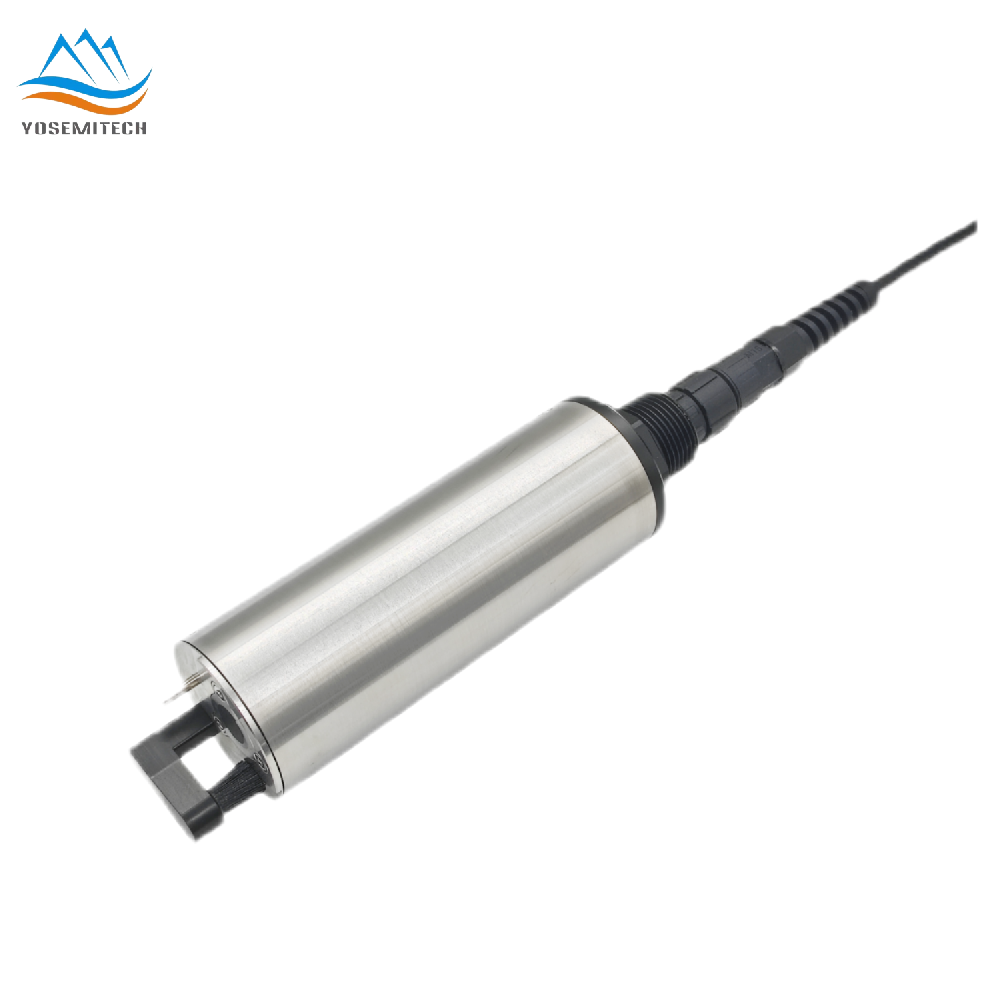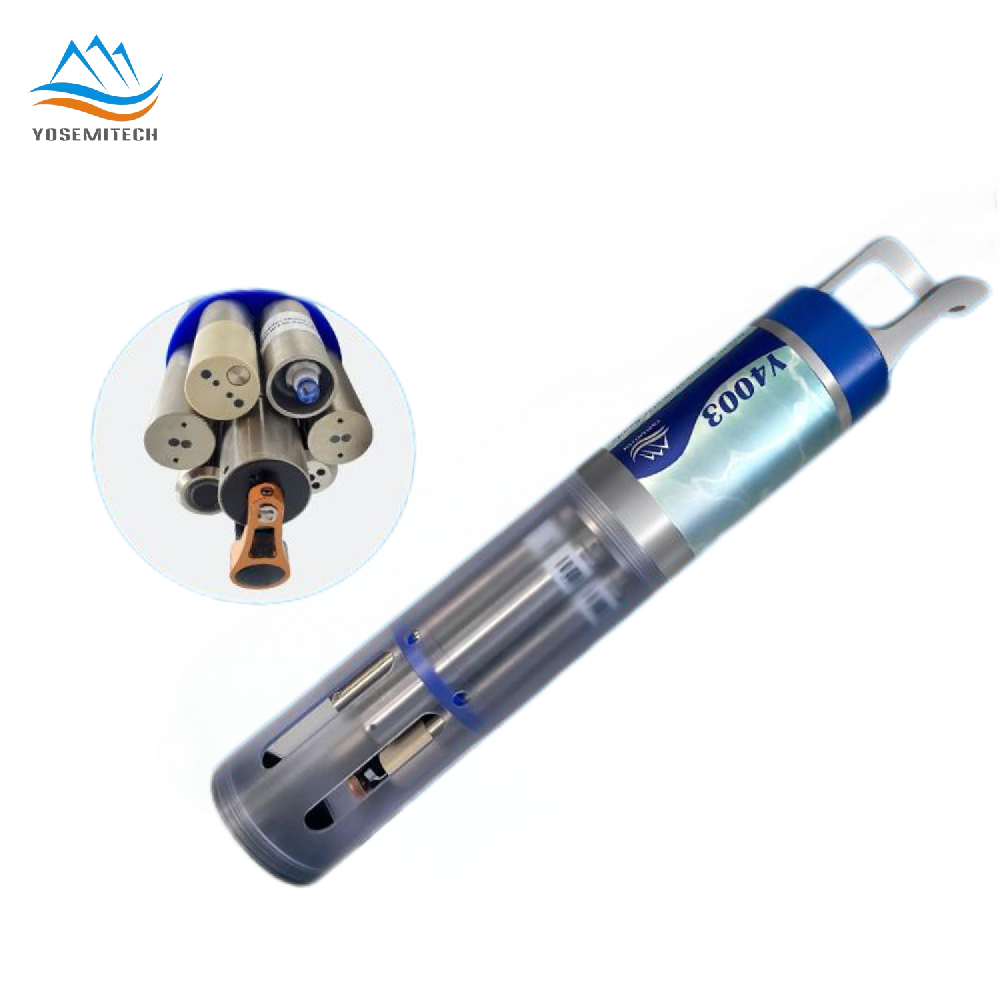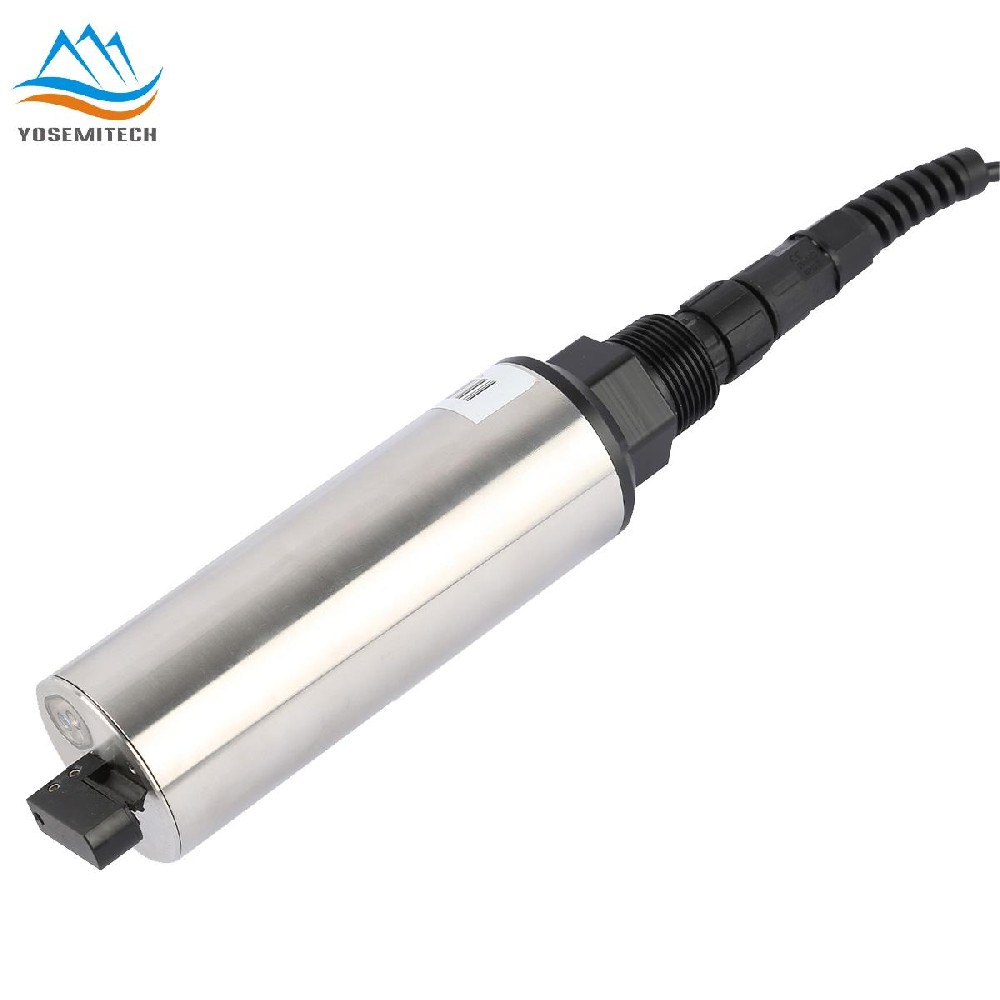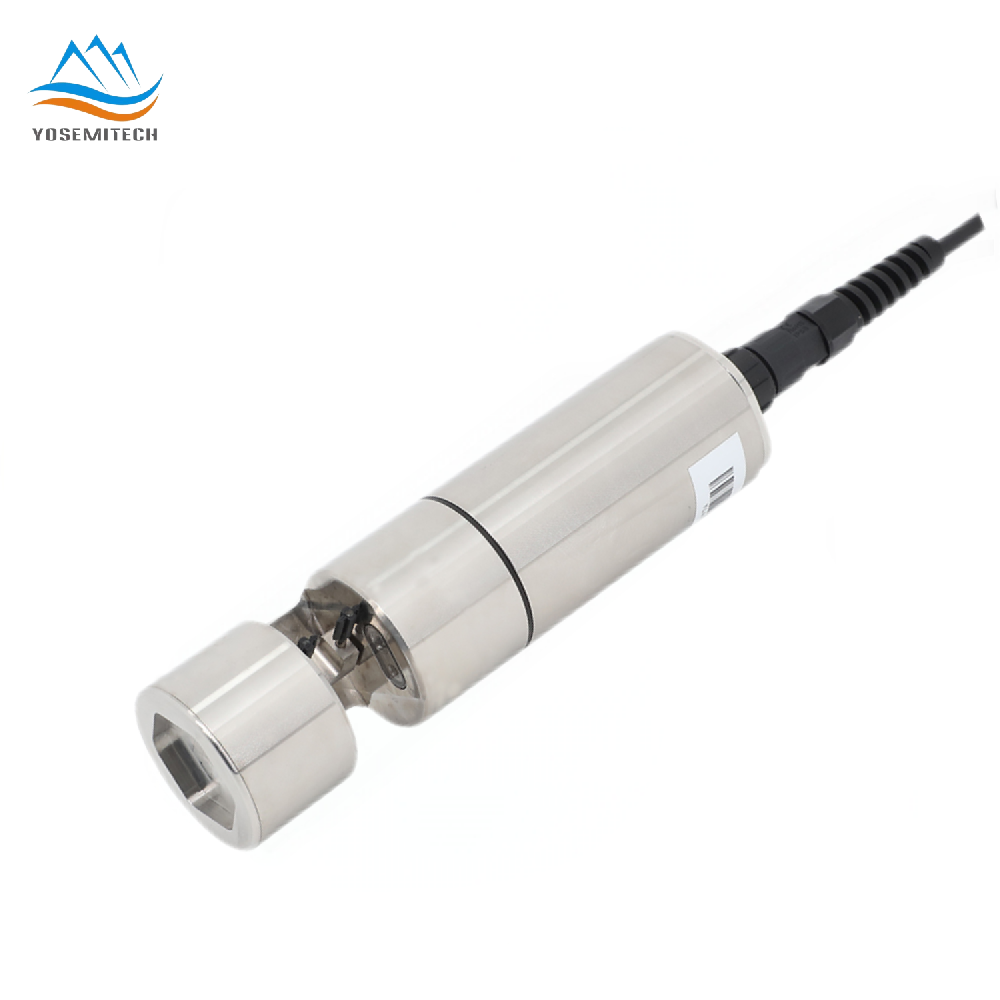Industry news
How to determine sludge concentration (MLSS)
Writer: admin Time:2023-02-07 15:34:49 Browse:2233℃
The operation of activated sludge process requires the reasonable regulation of many control parameters, including the control of activated sludge concentration (MLSS), which is one of the most commonly used indicators in the daily operation of sewage system.
1. Definition of sludge concentration MLSS
Activated sludge concentration refers to the content of suspended solids in the mixed liquid at the end of the aeration tank, which is represented by the symbol MLSS. The unit is mg/L, which is used to measure the amount of activated sludge in the aeration tank.
The total amount of MLSS includes the following four aspects:
Active microorganisms;
Organic matter adsorbed on activated sludge which cannot be biodegraded;
Residues of self-oxidation of microorganisms;
Inorganic matter.
During operation, it is particularly important to note that MLSS refers only to the concentration of the mixture in the aeration tank, not to the concentration of the mixture in the secondary sedimentation tank.
At the same time, when monitoring the concentration of the mixture in the aeration tank, it should be noted that the concentration of the mixture at the outlet of the aeration tank is used as the standard to measure the concentration of the activated sludge in the whole aeration tank.
2. Determination of sludge concentration (MLSS)
No matter which design calculation method is used, MLSS needs to be reasonably determined.
Other things being equal, if MLSS is doubled, the aeration pool capacity will be doubled, and if MLSS is reduced by a factor of two, the aeration pool capacity will be doubled, which will directly affect the infrastructure investment, so it needs to be carefully determined.
In the specification and manual, a selection range is recommended for MLSS value. For example, ordinary aeration is 1.5-2.5kg/m, and delayed aeration is 2.5-5.0kg/m. The range of variation is large, and the design is difficult to operate.
In order to select the appropriate MLSS value, it is necessary to understand the factors that affect it.
There are three main reasons why MLSS should not be too low:
(1) If MLSS is too low, the aeration tank volume V will increase correspondingly, which is economically unfavorable.
(2) MLSS is too low and foam is likely to be generated in the aeration tank. In order to prevent foam, the sludge concentration above 2kg/m should be generally maintained.
(3) When the sludge concentration is very low, the oxygen demand is low, such as MLSS is too low, the pool capacity increases, the air supply per unit pool capacity is very small, may not meet the requirements of mixing in the pool, is bound to increase the stirring power.
MLSS cannot be overrated either, mainly because:
(1) To improve MLSS, it is necessary to increase the sludge reflux ratio, reduce the surface load of the secondary sedimentation tank, and lengthen the residence time of the secondary sedimentation tank, which requires to increase the volume of the secondary sedimentation tank and the energy consumption of the reflow sludge.
Considering aeration tank, secondary sedimentation tank and reflow sludge pump house as a whole, in order to minimize the cost and total operating cost, the sludge reflow ratio is usually limited to within 150%.
For general urban sewage, the reflow sludge concentration in the secondary sedimentation tank is usually 4-8kg/m3. If the maximum value is 8kg/m3, MLSS in the aeration tank with a reflux ratio of 150% is 4.8kg /m3, and the maximum MLSS in the actual design is generally not more than 4.5kg/m3.
(2) The nature of sewage and the operating conditions of the aeration tank have a great impact on MLSS. If the composition of sewage or the operating conditions of the aeration tank are conducive to sludge expansion, the SV1 value of the sludge index is high (such as SV1& GT;
At 180mL/g), the reflow sludge concentration is significantly reduced and MLSS must choose a low value.
Based on the above analysis, all aspects should be taken into account when selecting MLSS:
(1) Long mud age, low sludge load and higher value; short mud age, high sludge load and lower value; high value when synchronous sludge aerobic stability.
(2) There is a lower value in the initial sinking pool, and no higher value in the initial sinking pool.
(3) Select a higher value when SV1 is low, and a lower value when SV1 is high.
(4) Choose a higher value when the sewage concentration is high, and choose a lower value when it is low.
(5) There is no sludge reflux problem in the joint reaction tank (such as SBR). A higher value or a higher value should be selected.
(6) Calculate whether stirring power meets the requirements. If not, adjust it accordingly.
CATEGORIES
CONTACT US
Yosemitech Technologies Co., Ltd
 +86 19984844080
+86 19984844080
 sales@yosemitech.com
sales@yosemitech.com
 Bldg,25,CECEP Industrial Park, No. 18 Dongchang Rd. Suzhou Industrial Park, Jiangsu Province,China 215126, China
Bldg,25,CECEP Industrial Park, No. 18 Dongchang Rd. Suzhou Industrial Park, Jiangsu Province,China 215126, China
